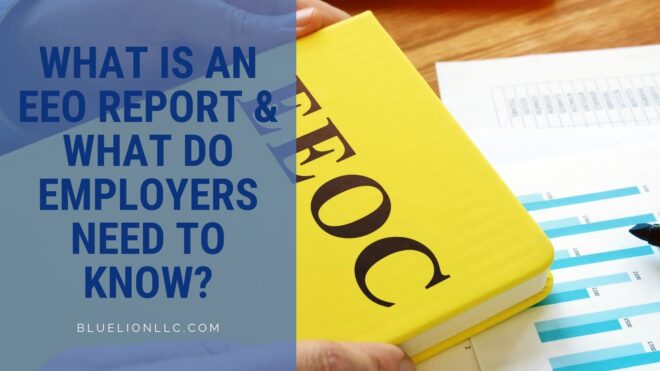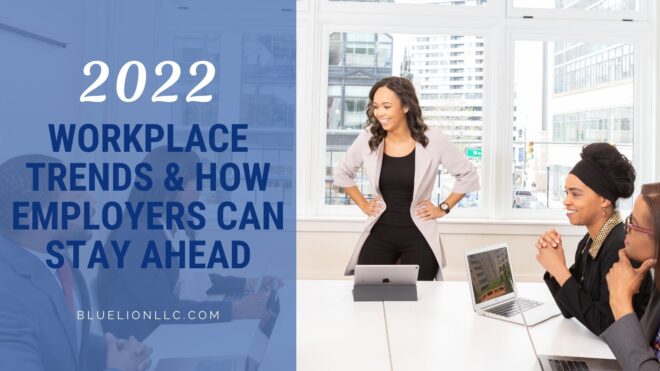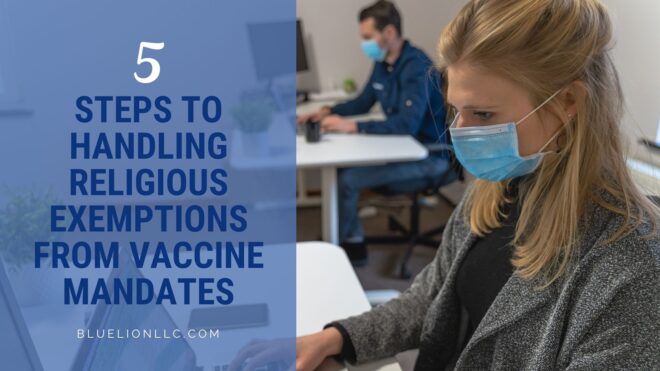
While the nationwide vaccine mandate was blocked in January, businesses can still implement masking, vaccination, and testing requirements. But there are still many questions and little official guidance for employers – particularly around independent contractors.
If you decide to put these requirements in place, you need to be prepared for specific situations. These include medical and religious exemptions, reasonable accommodations, and how to enforce mandates with independent contractors.
Do you frequently hire freelancers? Then you already know the importance of properly classifying 1099 contractors and W-2 employees. Now, proper classification is essential to protect your organization and ensure you comply with workers’ rights.
Read on for answers to five critical questions about imposing mandates on independent contractors, including:
- Can companies require independent contractors to wear masks?
- Can companies apply testing and vaccine mandates for freelancers?
- Does the Civil Rights Act and ADA protect freelancers?
- Do independent contractors who do not want to get vaccinated have any legal recourse?
- How can companies protect themselves?
1. Can companies require independent contractors to wear masks?
Yes, employers can require independent contractors to wear masks on company worksites. They can even create a policy requiring face coverings for anyone who enters their business. OSHA even encourages employers to implement a mask mandate.
Find more guidance for employers on establishing a mask policy.
2. Can companies apply testing and vaccine mandates for freelancers?
We already know that employers can legally mandate COVID-19 vaccination and testing for employees, but can they do the same for independent contractors? Most likely, yes, particularly if:
- Your agreement with the freelancer contains terms allowing you to impose health and safety requirements; or
- The contractor provides services to your customers, your agreement states that the contractor must comply with customer requirements or requests, and your customers request that your workers be vaccinated.
Even if the independent contractor agreement doesn’t include a vaccination mandate, or there is no agreement, companies should be able to mandate vaccination from independent contractors.
3. Does the Civil Rights Act & ADA protect freelancers?
Typically, freelancers are not protected by Title VII of the Civil Rights Act or the Americans with Disabilities Act (ADA), which only cover employees. The same goes for comparable state and local human rights, fair employment practice, and disability discrimination laws.
Rare exceptions occur in states like New York, where local employment and discrimination laws do cover independent contractors.
4. Do independent contractors have any legal recourse?
Not much, if any. Suppose you do not accommodate an independent contractor’s disability or religious belief regarding vaccinations. In that case, they could sue your organization for misclassification in an attempt to gain the protection of the employment laws.
You can accept a negative weekly COVID test if freelancers don’t want to get vaccinated, which could mitigate potential lawsuits from those claiming misclassification. However, this won’t work if the independent contractor has to work at a customer that mandates vaccination – meaning they will likely miss out on work for said customers.
An independent contractor may refuse both vaccination and weekly testing. In this case, they could lose out on a work opportunity and will not have much of a legal argument to stand on.
An independent contractor with a sincerely-held religious belief or disability may also argue that a vaccination mandate is an attempt by an employer to assert direction and control, which would cross the line of the independent contractor’s status. But this is not a solid legal argument because health and safety requirements, including vaccination mandates, do not affect how freelancers perform their work.
5. How can companies protect themselves?
Ensure you have prepared for the above scenarios, ideally from Day 1 of hiring an independent contractor. Enhance your compliance with relevant laws in preparation for misclassification lawsuits. You can work with an HR consultant or your legal counsel to review your independent contractor relationships and confirm they meet the requirements set by both federal and state laws. They could even help you restructure and update documentation if necessary.
These measures can help decrease your liability in a misclassification suit. Be sure to make these changes before establishing a vaccination mandate for independent contractors, even if the update must be quick due to time constraints.
Do you have questions about vaccine mandates for independent contractors? Or do you need help properly classifying workers? Contact BlueLion today at 603-818-4131 or info@bluelionllc.com. Our experienced HR specialists will help you navigate this unprecedented situation.
The information on this website, including its newsletters, is not, nor is it intended to be legal advice. You should contact an attorney or HR specialist for advice on your individual situation.














